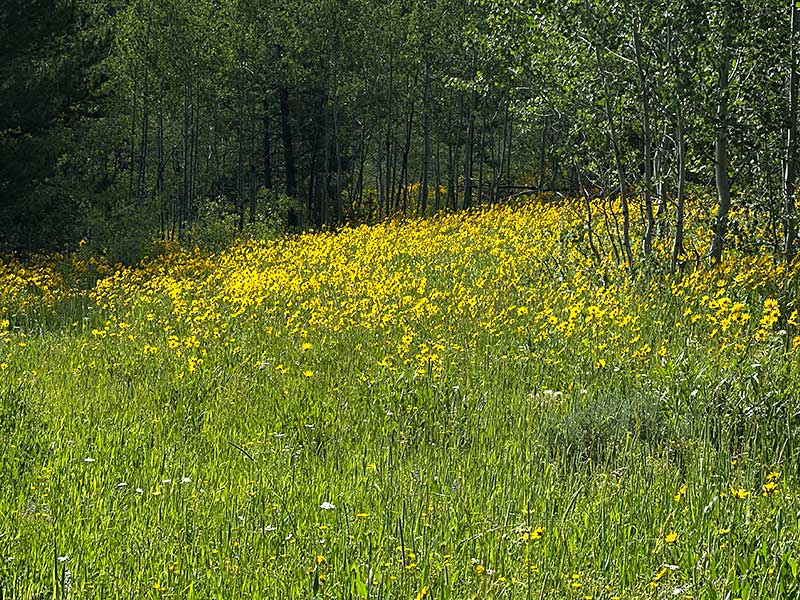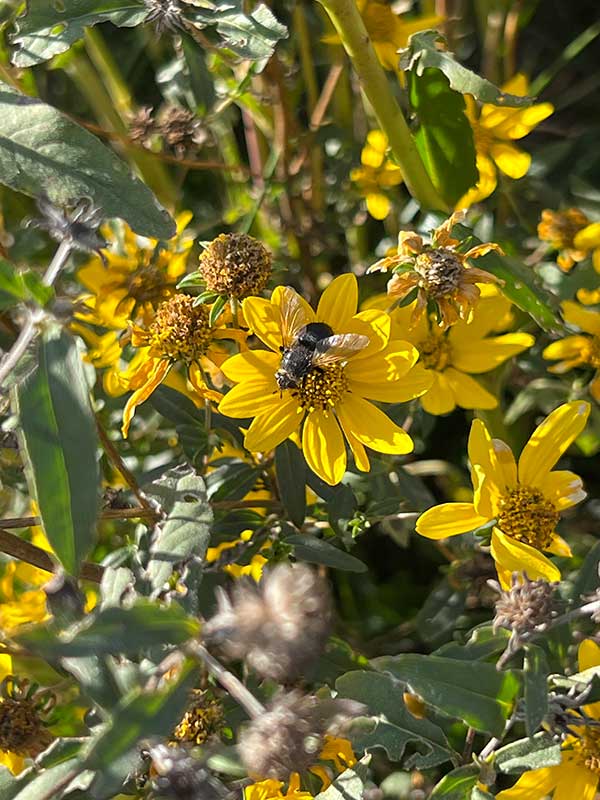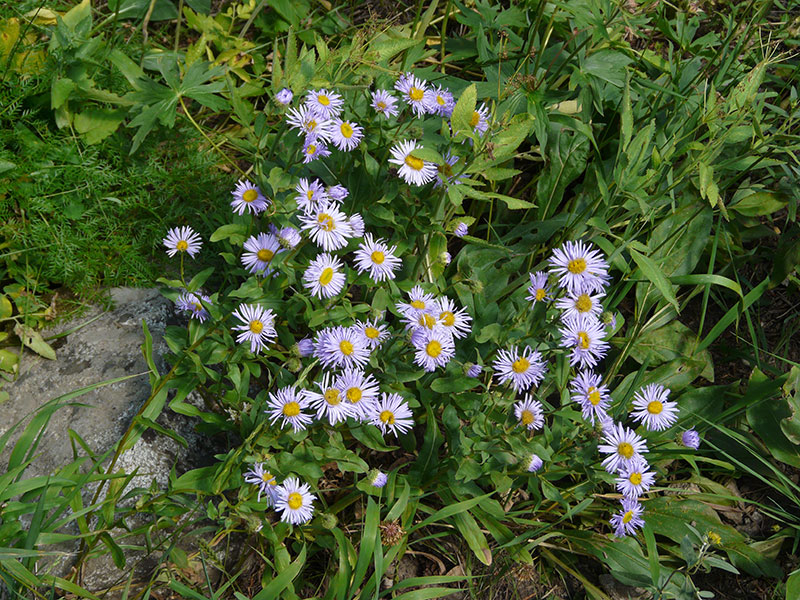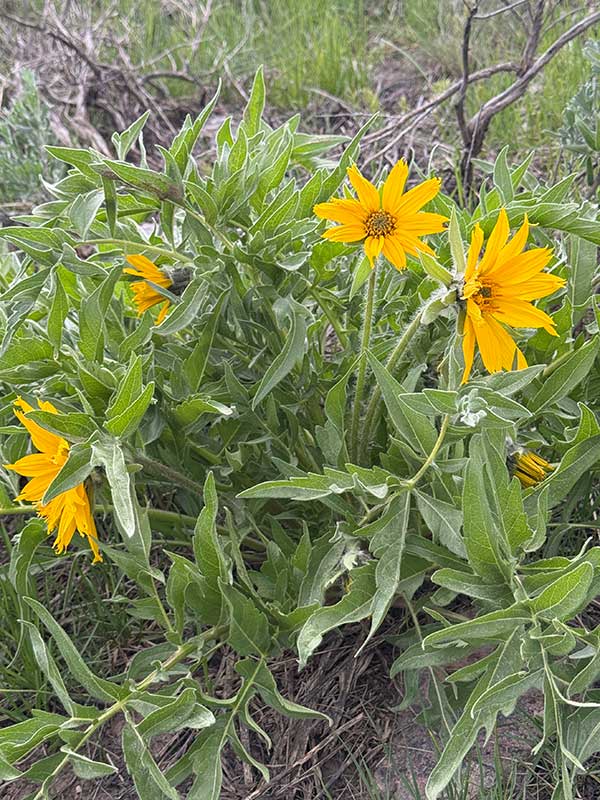In grouping plants for a wildflower book, the normal ways seem to be either by color or by plant family. The problem with the former, of course, is that many species have significant color variability. For example, sticky geranium (Geranium viscossisimum) is usually pink, but can be white, while Richardson’s geranium is usually white, but can be pink. Cutleaf windflower (Anemone multifida) may have pink and white flowers, equally distributed between individuals. Rocky Mountain paintbrush bracts (Castilleja covilleana) are usually red, but may be creamy white, even in a single population.
Of course, the big problem with organization by plant family is that most people looking at wildflowers are not plant systematists and may have little or no idea what a “family” is. Well, that and families are constantly being reclassified and renamed.
A seemingly good alternative, at least in a rather restricted region (like Teton Valley) would be organization by season, a.k.a. “phenology”. Or by where the plants are found, i.e. their “habitat”.
Again, there are problems with this. Seasons, for example, don’t follow the calendar very well and may be several weeks different depending on on site (i.e. elevation, slope, direction the slope is facing, exposure to sun or shade or wind, time of snowmelt).
So for our Valley and the surrounding mountains, I’ve come up with an alternative arrangement, based on the dominant yellow flowers. Why yellow? Mostly because there are so many of them, more than other colors, and their appearance follows a local seasonal progression.
For example, pretty much everywhere in the Valley, the first flowers to appear in the spring are the sagebrush buttercups (Ranunculus glaberrimus).
Depending on the site, these may shortly be accompanied by yellow bells (Fritillaria pudica). This “season” has a basic cadre of species, regardless of site (e.g. Teton Canyon vs. Pine Creek Pass vs. Henderson Canyon), and regardless of elevation.
The sagebrush buttercup season is followed by arrowleaf balsamroot (Balsamorhiza sagittata) (header image). These are the first of the large composites/asters that will define the following seasons. A few weeks later, the arrowleafs fade and cutleaf balsamroot (Balsamorhiza macrophylla) takes center stage. But that, too, passes, giving way to yellow mules ear (Wyethia amplexicaulis). This signals, in many places, the start of the amazing summer displays.
That summer display continues with the arrival of the little sunflowers (Helianthella uniflora). These last until the summer droughts finally catch up and so many of the flowers fade. But some continue, thankfully, or even just begin to appear. And the start of this “season” is heralded by the profusion of showy goldeneyes (Heliomeris multiflora).
These are accompanied by aspen fleabanes (Erigeron speciosus) which, somehow, last until the killing frosts or early snows. But although it’s tempting to give them their own “season”, the fact that they started blooming in the early Helianthella, counts against that.






